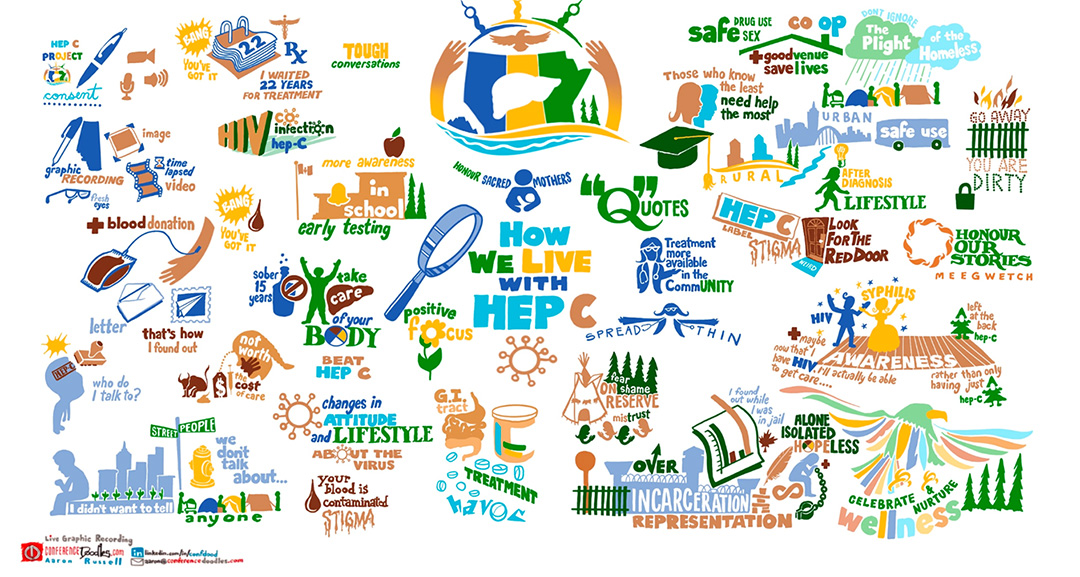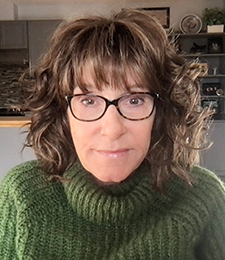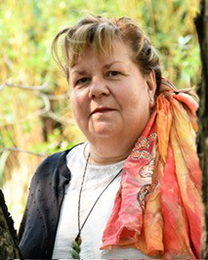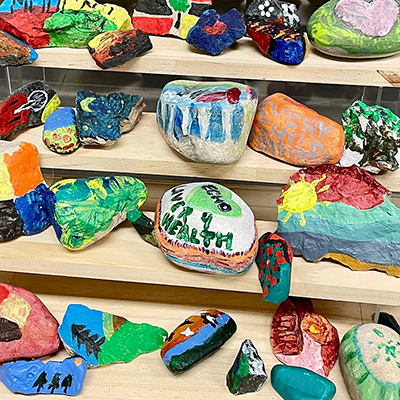
All’s Not Lost: A Roadmap to Treating Hepatitis C on the Prairies
As the world aims to eradicate hepatitis C (HCV) by 2030, Carrielynn Lund and Dr. Alexandra King’s (MD) team created a how-to guide.
By RESEARCHERS UNDER THE SCOPE
Listen to all episodes of the Researchers Under the Scope podcast.
Researchers Under the Scope is produced by the Office of the Vice-Dean Research in the College of Medicine.
Journeys to Wellness: Prairie Hepatitis C Roadmap is a step-by-step guide to tackling a spike of new infections across the three Canadian prairie provinces.

Hepatitis C (HCV) causes severe liver disease, and was notoriously difficult to treat until the introduction of direct-acting antivirals a decade ago — antivirals which boast a remarkable 95% success rate.
Despite this advancement, Lund and King say Saskatchewan, Alberta and Manitoba need to know why HCV cases keep rising, particularly in jails, in remote communities, and in people who lack adequate housing and nutrition.

The virus is not picky, as Carrielynn Lund learned when she was first diagnosed in the 1990s. Her doctor wrongly told her back then the blood-borne illness could be spread only through injection drug use.
Shocked, Lund said “I went out of that room and drove home thinking, oh my God, I'm gonna die.”
A single mother of two, she resumed her professional life and never disclosed that “dark, dirty secret” until nearly 20 years later, as she became friends with King.
The Waniska team, led by Saydi Harlton, brought together researchers, health professionals, and people who’ve lived with hepatitis C in sharing circles, workshops and interviews.
“The stigma around this needed to be addressed and I wanted to be a part of it,” said Lund. “People often feel really alone in this journey, and it’s so important that we create spaces where they can share their stories and be heard."

Participants identified barriers to care, including confidentiality breaches, misinformation and inadequate access to testing.
“My priority right now may or may not be my hepatitis C. It might be, where am I going to sleep today? Or, what food am I going to be getting?” said King.
In the Roadmap King said the disproportionately high number of cases in Indigenous people shows a need for true elimination strategies, rather than pockets of “little pilot projects.”
"There aren't necessarily a lot of resources, so you're dealing with fairly fragile systems," King noted.
Recent provincial government decisions to axe needle exchanges, and cut public transportation routes to remote and northern communities have taken their toll, she added.
Given the hurdles faced by Indigenous and two-spirit people, both King and Lund say prairie people need culturally informed care. They point to Indigenous-led hepatitis C elimination strategies with predictable funding and resources.
“It really helps you to understand the importance of really good evidence-based policy that supports people and meet them where they're at,” King said.
Lund and King believe making a fiscal case for early detection and treatment may also swing policy-makers back toward patient-centred care.
Peer support also plays a role, Lund said.
“When someone who has been through it helps a newly diagnosed person, it can truly change everything for them," she said.
(Runs 29:31)
